| Note: If you see this text you use a browser which does not support usual Web-standards. Therefore the design of Media Art Net will not display correctly. Contents are nevertheless provided. For greatest possible comfort and full functionality you should use one of the recommended browsers. |
Overview of Media Art
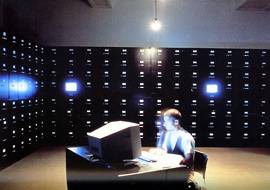
«Media Art Net 1: An Overview of Media Art» is the first module published in the Net and is accompanied by this volume of text. This module will serve as a foundation for all later modules, and reacts at the same time to an additional paradox of mediation in the media: even those relevant websites that deal with media art still lacked up until now a comprehensive introduction to this subject. We thus see in the exemplary selection of materials and source texts as well the semantic links made by both authors as well as the database an important prerequisite for developing approaches to a curriculum on media art. Free access to these materials is a central aspect of the project. In terms of subject matter, ten introductory essays dedicated both to historical developments as well as interlinking references in terms of content are collected to an «overview.» [more]![]()
![]()
Dieter Daniels, Rudolf Frieling
A project in collaboration with HGB Leipzig, Bildungsportal Sachsen.
Aesthetics of the Digital
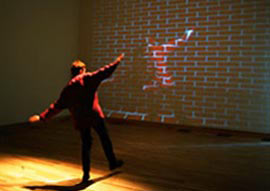
Digital technologies and telecommunication media produce radical changes in the areas of art, perception and aesthetics that give rise to new interdisciplinary theories. This thematic field demonstrates the resulting paradigmatic discourses and tendencies, and these enable us to understand new aesthetic theories as well as the symbiosis of scientific, artistic, systemic, and media thought. Of special value on the one side is the historic overview of preliminary theories confronting the interrelation of aesthetics and information, and on the other side the aesthetic theories of interactive media art that emphasize the creative dialogue of the recipient with the open structure of the work. [more]![]()
![]()
Claudia Giannetti
A project in collaboration with MECAD, Media Centre of Art and Design of the Superior School of Design ESDi, Barcelona.
Sound and Image
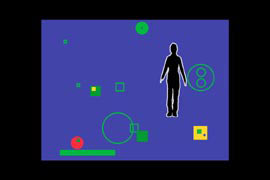
An important realization that permeates the collected Avant-garde movements of the twentieth century is the close relationship between innovations on technical procedures and new forms of artistic expressions and contents, and that of the interference of genres to a synthetic art, especially in the early 1910s as well as in the 1920s. After witnessing the developments of Futurism and Dada, sound poems, new typographies, and devices for creating color music, what proves to be a decisively new step in the 1950s and 1960s is that, with electronics, these medial approaches find their adequate means of expression for the first time. Engaged in since the 1990s under similar circumstances is the re-adoption of approaches from the 1960s. Today's digital technology makes commonplace many of the processes produced by artists thirty years ago with a great effort. John Cage's spliced segments of recording tape can now be compared with current sampler techniques. This complex of themes poses two questions in particular: In which forms and contexts are inter-media practices artistically and technologically most successful? Does only the permanent ambivalence of «high & low» enable an unpunished interplay between the genres? [more]![]()
![]()
Dieter Daniels
A project in collaboration with the Hochschule für Grafik und Buchkunst, Leipzig (HGB)
Cyborg Bodies
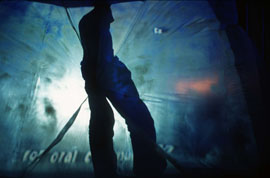
The project «Cyborg Bodies» takes the fantasies, constellations, and representations of techno-organic, hybrid and synthetic bodies and their metaphorics in a broad sense as its starting point. It is clear, for example, that in the past few years the notion of the machine body has been supplanted by notions of networked, emergent, dynamic and biotic body identities and communicating information streams. This means that the cyborg is not only implicated in the interface between organism and machine but more generally in the fantasies of hybrid, monstrous, synthetic machine-like, cloned, digital, networked, and cellular bodies as well as the networked discursive meanings in Donna Haraway's sense.
The project intends to take the artistic reflections and realizations of cyborgs as a starting point to study the specific contribution offered by art to these discourses on «future bodies» and subjects. [more]![]()
![]()
Yvonne Volkart
A project in collaboration with the Institute Cultural Studies in Art, Media Design of the Academy for Art and Design, Zurich (HGKZ).
Photo/Byte
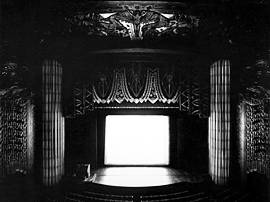
As the oldest «technical» image medium, photography still holds a center position in the fields of art as well as mass media. As the first «technical» image medium, photography revolutionized the production, distribution, and perception of images, and for two decades has undergone its own radical transformation, whose significance gradually defines itself beyond the premature proclamations announcing the ‹death of photography.› This thematic module uses the shift from analog to digital technologies as the starting point for conducting a reappraisal of current debates addressing photography in today's digital culture from an historic perspective on the medium. In the crossover from an analog to digital image reproduction is precisely where changes with respect to forms of representation and indexicality show themselves. The authors will focus on artistic as well as private uses of the medium to explore the discrepancies and continuities of photographic and ‹post-photographic› practice. [more]![]()
![]()
HGB Academy of Visual Arts
A project in collaboration with HGB Academy of Visual Arts Leipzig, Department of Photography and Institute for Theory, curated by Susanne Holschbach.
Generative Tools
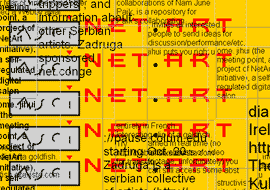
«Generative tools» and «software art» are terms which occasionally overlap. At the same time they designate, each in their own way, the thematic emphasis. The following crucial questions are among those pursued in the scientific contributions to be elaborated upon here: Does software call for a cultural understanding of its own? Can an artwork be composed «only» as/from software? What prerequisites allow software to be understood as art and not as an aid for producing a digital artwork? Is «software art» a trade and/or artistic direction? Is the fact that software consists of code enough to declare it an artwork? In which historic context should the aforementioned questions be placed? The theme is investigated by way of three fields of interest: «generative design,» «software art,» and «generative games.» [more]![]()
![]()
Tjark Ihmels
A project of the Institute for Media Design, University of Applied Sciences, Mainz
Art and Cinematography
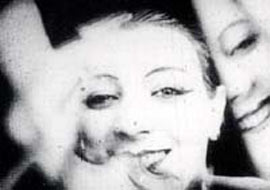
When speaking of «new media» and «media art,» film is ostracized as being the «old» new medium, with special emphasis given to current technological developments and their aesthetic reflection. Nevertheless, it remains evident that the historic perspective needed for understanding the new media and media art can only be achieved by keeping the history of cinematography in mind. Doing this involves understanding the complex relationships made accessible through the artistic approach to cinematography, as well as understanding the essential, institutional and socioeconomic conditions under which its use could be developed. In this way the history of cinematography is not understood as merely the prehistory of new media and media art; it also reveals an historic orientation regarding how the new media is handled. «Art and Cinematography» encourages a theoretical and historical confrontation with these developments. [more]![]()
![]()
Gregor Stemmrich
A project of the Academy of Fine Arts Dresden, in collaboration with the educational initiative «Bildungsportal of Saxony»
Mapping and Text
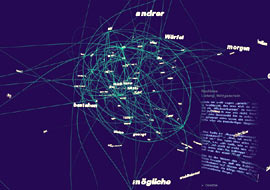
This project investigates different areas and fields of interest that historically and currently have emerged between image and text. It focuses on artistic strategies for visualizing spaces determined by texts as much as it does on a semantic navigation through image spaces. The themes are specifically concerned with the meta-discourse of the archive including database and search engines, and with a focus on dynamic representations. With the artistic exploration of different media and their inherent qualities meanwhile achieved, the principal concern here is to construct a process-related cartography using the thematic connecting thread of image-and-text. [more]![]()
![]()
Rudolf Frieling
A project in collaboration with the Center for Art and Media, Karlsruhe (ZKM)
Public Sphere_s
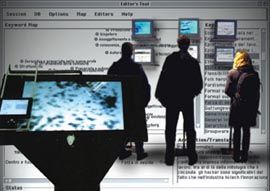
In these telematic times, it is not just the digital commons that is at stake. From personal privacy to increasing privatization of societal goods; from gated communities to the town square on CCTV; from a limited right of copyright to a limited notion of the commonweal; from homogenization to globalization, the public sphere-along with our ability to imagine it-is withering.
Many artists and cultural workers are actively challenging the global drift toward privatization and dimunition of the public sphere and critically addressing current regimes and modeling new possibilities.
«Public Shere_s» is both a platform to support some of these projects, and a site for critical, participatory, public discourse about them and the issues they raise. «Public Sphere_s» will present a series of essays and art projects that engage and enlarge our understanding of the public sphere, both online and offline, collaborating with the ZKM exhibition «Making Things Public», curated by Bruno Latour and Peter Weibel and scheduled for November 2004. [more]![]()
![]()
Steve Dietz
A project in collaboration with the Center for Art and Media, Karlsruhe (ZKM).